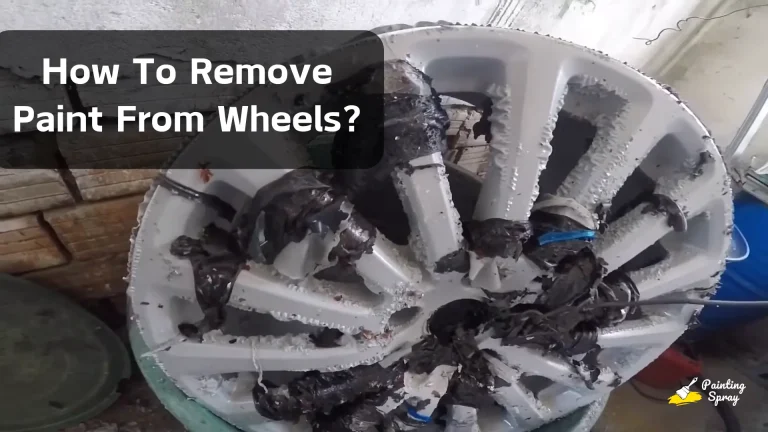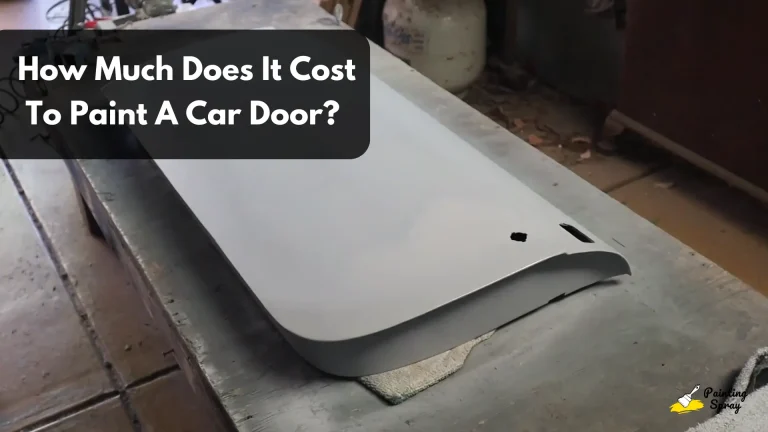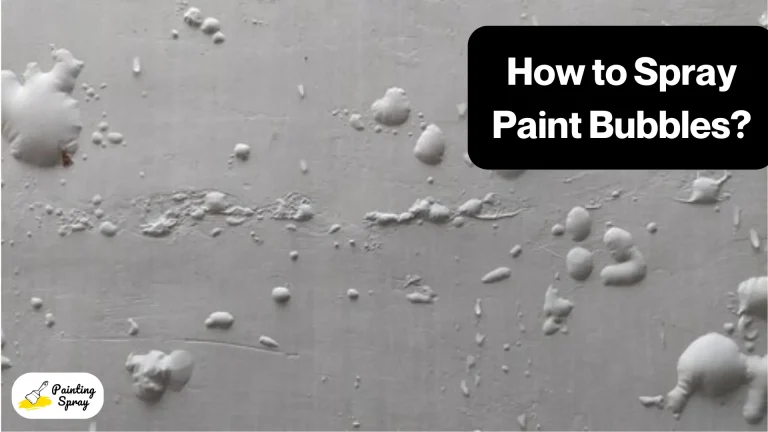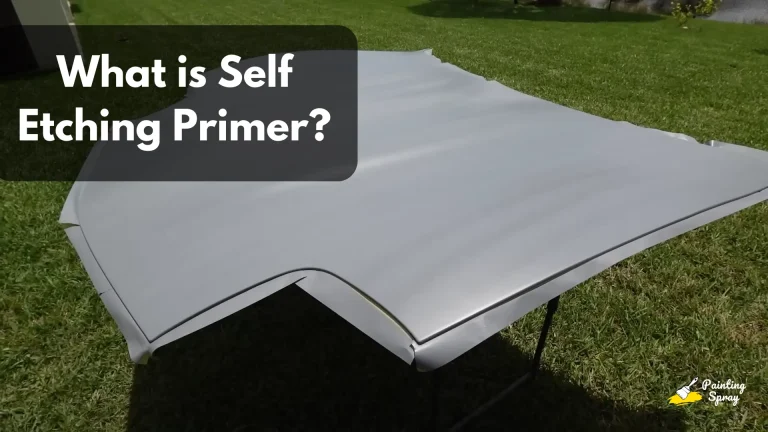How Much Cost to Paint a Fender? Factors Affecting the Price Breakdown

Painting a fender is an important task for car owners looking to maintain their vehicle’s appearance. The cost to paint a fender typically ranges from $150 to $1,000, depending on various factors. Understanding these costs can help you make informed decisions about whether to tackle the job yourself or hire a professional.
The price can vary based on the size of the fender, the type of paint used, and the complexity of the design. Minor touch-ups will cost less than a complete repaint. Considering the options available could save you money while ensuring a quality finish.
Before you dive into painting, it’s essential to know what influences the overall cost. Knowing the factors that determine these prices can lead to a better understanding of what to expect when you decide to go through with this project.
Key Takeaways
- Painting a fender can cost between $150 and $1,000.
- Factors affecting the cost include fender size and paint type.
- Deciding between DIY or professional help impacts your final expenses.
Determining the Scope of Work
Before painting a fender, it’s important to assess its current state. Understanding the extent of any damage and evaluating its size and condition are crucial steps. These evaluations will directly influence the total cost and effort needed for the job.
Evaluating Fender Damage
Start by closely inspecting your fender. Look for minor scratches, dents, or more significant damage.
- Minor Scratches: These can often be fixed with a simple touch-up paint or buffing.
- Dents or Major Damage: If the fender is bent or has deep scratches, it may require more intensive repair.
The extent of the damage will determine whether you need a quick repair or a full repaint. Document any issues, as this will help when discussing options with a professional.
Size and Condition Assessment
The size of your fender plays a role in the overall cost of painting. Generally, larger fenders take longer to paint and may require more materials.
Factors to consider include:
- Fender Size: Smaller fenders usually cost less, while larger ones can be more expensive.
- Condition: If the fender has rust or requires repair before painting, this can increase the workload.
Be prepared to provide details about your specific fender. This information allows for more accurate estimates regarding time and costs.
Paint Types and Selection
Choosing the right paint for your fender is crucial. Different paint types can affect the look, durability, and cost of the job. Understanding the options available will help you make an informed decision that meets your needs.
Understanding Different Paint Types
There are several types of paint to consider for your fender. Here are the main options:
- Urethane Paint: This is a durable choice that resists chipping and fading. It adheres well to surfaces and provides a high-gloss finish.
- Acrylic Enamel Paint: Known for its easy application, this paint dries quickly. While it provides good color retention, it may not be as durable as urethane.
- Acrylic Urethane Paint: This combines the benefits of acrylic and urethane. It offers great durability and a glossy finish, making it a popular choice in automotive applications.
Selecting the right type affects both the aesthetics and longevity of your fender’s new paint job.
Selecting the Right Paint for Your Fender
When selecting paint, consider your budget and vehicle type. High-quality automotive paint can range from inexpensive options to premium paints that provide better protection and finish.
If you’re aiming for a purely cosmetic upgrade, acrylic enamel might suffice. However, if you desire strength and longevity, investing in urethane or acrylic urethane is wise.
Check product labels for compatibility with your existing paint. Always ensure that you have the proper primer and clear coat to enhance the paint’s performance. You want a paint that not only looks good but also withstands the elements for years to come.
Painting Process Explained
When painting a fender, there are important steps to ensure a smooth and lasting finish. The process involves proper preparation, primer application, and the final layers of paint and clear coat. Each step is essential for achieving the best results.
Preparation and Primer Application
Before you begin painting, thoroughly clean the fender using soap and water. Remove any dirt, grease, or old paint. Dry it completely.
Next, sand the fender surface with fine-grit sandpaper. This helps the primer stick better and creates a smooth surface. Wipe away any dust with a clean cloth.
Now, apply an automotive primer. Use a spray can or a paint sprayer for better control. Hold the spray can about 6-8 inches from the surface. Apply a light, even coat to avoid runs.
Let the primer dry completely. This step is crucial, as it helps protect the metal from rust and provides a solid base for the paint.
Applying the Base Coat and Clear Coating
After the primer has dried, it’s time to apply the base coat. Choose a high-quality automotive paint that matches your fender color.
Again, use a spray method for even coverage. Apply several thin coats rather than one thick coat. Allow each coat to dry for about 5-10 minutes before applying the next one. This helps prevent drips and ensures an even color.
Once you are satisfied with the color, it’s time for the clear coat. This layer protects the paint and adds shine. Use a similar spray technique, applying 2-3 light coats. Allow each coat to dry as directed on the product label.
These steps help you achieve a professional-looking finish on your fender.
Cost Analysis and Factors
When considering the cost to paint a fender, two main factors come into play: labor and materials. Understanding these will help you plan your budget effectively.
Labor Costs and Time Estimates
Labor costs can vary significantly based on your location and the service provider. Professional fender painting typically costs between $300 and $1,500.
Time estimates also depend on the job’s complexity. A simple scratch repair may take a few hours, while a complete repaint could require several days.
Most shops charge $50 to $100 per hour for labor. This can add up quickly, especially if extensive preparation is needed. It’s wise to get quotes from multiple services to find the best price.
Material Costs and Quality Considerations
Material costs are influenced by the type and quality of paint used. Basic options may start around $50, while high-quality automotive paints can go up to $300 or more.
Here’s a breakdown of common paint types:
- Acrylic Lacquer: Affordable but less durable.
- Enamel: More durable and resistant to fading.
- Urethane: Offers high durability, usually the most expensive.
Higher quality paints not only last longer but also tend to provide a better finish. Investing in quality materials can prevent the need for rework, saving money in the long run.
Keep in mind that any additional materials, like primers or clear coats, will also add to your overall costs.






